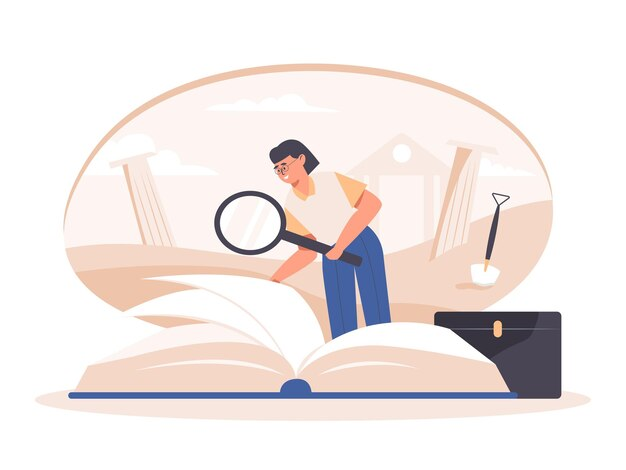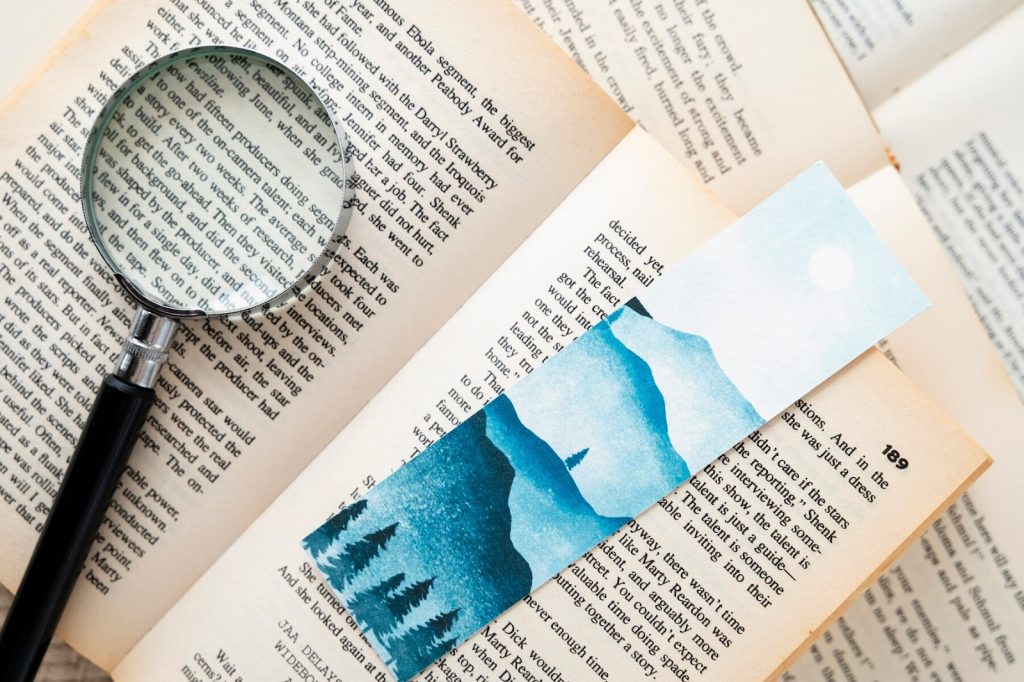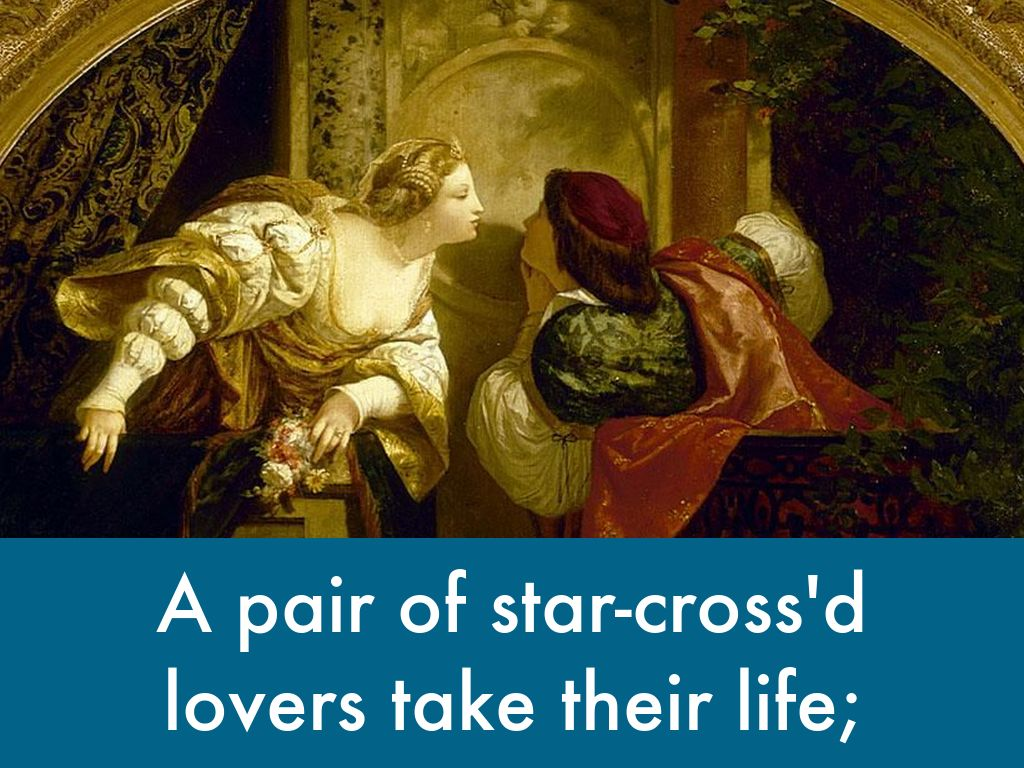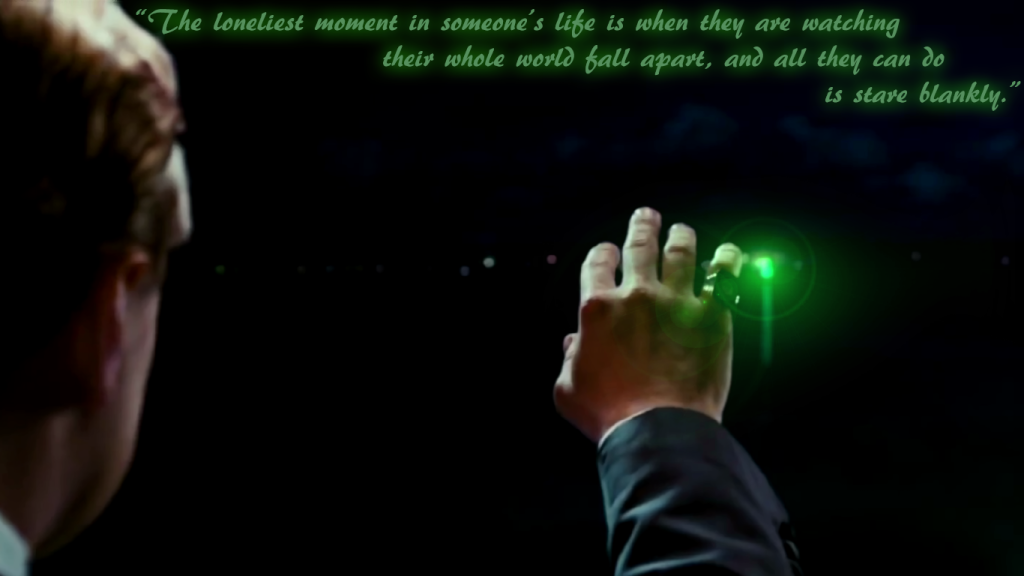Ready to elevate your storytelling skills and keep your readers hooked from the very first page? Say hello to foreshadowing in literature – a simple yet powerful technique that can transform your writing. If you’re a beginner looking to add a dash of mystery and excitement to your tales, you’re in the right place. In this blog post, we break down the basics of foreshadowing, its examples, and how to make it easy for you to weave hints and clues into your stories effortlessly.
Table of Contents

What Is Foreshadowing In Literature?
Foreshadowing in stories is like dropping little hints or clues about what might happen later on. It’s a way for writers to give readers a heads-up, building up excitement and getting them ready for what’s coming. Think of it as planting seeds of information early in the story, so that when things happen later, it feels more satisfying.
Authors use various techniques to foreshadow events, including subtle hints, symbols, imagery, or even explicit statements that suggest what may happen in the future. They make the whole story fit together better. It’s like adding puzzle pieces that make the picture clearer as you go along. It also makes the story more interesting, keeping readers hooked and excited to find out what happens next.
Related:
- Irony Examples
- Screenwriting Character Introduction
- Examples of Narrative Techniques
- Listing Technique in Writing Examples
Types Of Foreshadowing In Literature
Foreshadowing in literature comes in various forms, adding depth and intrigue to stories. Here are some common types of foreshadowing:
Direct Foreshadowing
This type involves straightforward hints or statements about future events. Writers may directly tell readers what to expect, giving them a clear preview of what’s to come.
- Example: “Little did she know that this decision would change her life forever.”
Indirect Foreshadowing
Unlike direct foreshadowing, indirect foreshadowing is more subtle. It involves using hints, clues, or suggestive language to imply future developments without stating them.
- Example: “Dark clouds gathered on the horizon, signaling an impending storm.”

Character Dialogue
Foreshadowing can be conveyed through what characters say. Conversations may contain hints or references to events that will unfold later in the story.
- Example: “I have a bad feeling about this place,” whispered Sarah as they entered the mysterious cave.
Symbolic Foreshadowing
Authors often use symbols or recurring motifs to foreshadow future events. Certain objects or elements may represent or hint at what’s going to happen later in the story.
- Example: The cracked mirror hanging in the protagonist’s house symbolized the upcoming challenges she would face.
Examples Of Foreshadowing In Literature
“Romeo and Juliet” by William Shakespeare
In the prologue, Shakespeare foreshadows the tragic fate of the titular characters by stating, “A pair of star-crossed lovers take their life.”

“Harry Potter and the Philosopher’s Stone” by J.K. Rowling
The appearance of the three-headed dog, Fluffy, early in the story foreshadows the challenges and dangers Harry, Ron, and Hermione will face in the Forbidden Forest.
“To Kill a Mockingbird” by Harper Lee
Atticus Finch’s statement about shooting a mockingbird is a metaphorical foreshadowing of the unfair treatment of innocent characters, like Tom Robinson.
“The Great Gatsby” by F. Scott Fitzgerald
The recurring green light across the bay symbolizes Gatsby’s unattainable dreams and foreshadows the tragic outcome of his pursuit of the American Dream.

“The Catcher in the Rye” by J.D. Salinger
Holden Caulfield’s fixation on preserving the innocence of children and the recurring theme of catching children before they fall foreshadow his desire to protect the purity of youth.
“A Tale of Two Cities” by Charles Dickens
The famous opening line, “It was the best of times, it was the worst of times,” foreshadows the contrasting events and dualities that will unfold in the novel, especially during the French Revolution.
Tips For Using Foreshadowing In Your Writing
Foreshadowing is a literary device that adds depth and anticipation to your storytelling. To effectively incorporate this technique into your writing, consider the following tips:
Plan and Be Strategic with Timing
Before you start writing, sketch out the major events in your story. This outline helps you strategically place foreshadowing elements early on.
Introduce clues to a few chapters or scenes before they become relevant to the plot, giving readers time to absorb the information.

Choose the Right Type of Clue
Foreshadowing is most potent when it strikes a balance between subtlety and clarity. Choose the right type of clue for the situation – direct or indirect. Direct foreshadowing explicitly tells readers what will happen, while indirect foreshadowing requires them to connect the dots using symbolism, mood, or character dialogue.
Establish a Pattern and Use Various Techniques
Create a consistent pattern for foreshadowing through symbols, recurring themes, or specific language. Experiment with different techniques, such as character dialogue, and setting descriptions to add depth to your storytelling.
Connect Foreshadowing to Themes
Every foreshadowing clue should have a purpose and be relevant to the plot. Connect foreshadowing elements to the themes of your story, reinforcing the underlying messages you want to convey.
Consider Emotional Impact and Character Foreshadowing
Foreshadow not only plot events but also emotional developments. Hint at upcoming character transformations or shifts in relationships, creating anticipation and investment in individual story arcs.

Use Foreshadowing to Build Suspense; Don’t Overdo It
Foreshadowing is a powerful tool to build suspense and keep readers guessing. However, use it sparingly and strategically. Too much foreshadowing can diminish the element of surprise and overwhelm readers. Employ the technique to pique curiosity and make readers eager to uncover what happens next.
Revisit and Revise
After completing a draft, revisit your story to ensure foreshadowing elements serve the narrative purpose effectively. Adjust and refine as needed. Learn from other authors by analyzing how they build anticipation and seamlessly incorporate hints into their storytelling.
Conclusion
Foreshadowing in literature acts like a storyteller’s secret weapon, subtly hinting at what’s to come. By planting these literary seeds strategically, writers invite readers to become detectives, connecting the dots and unlocking the mysteries within the narrative.
Ref: Masterclass | Grammarly


